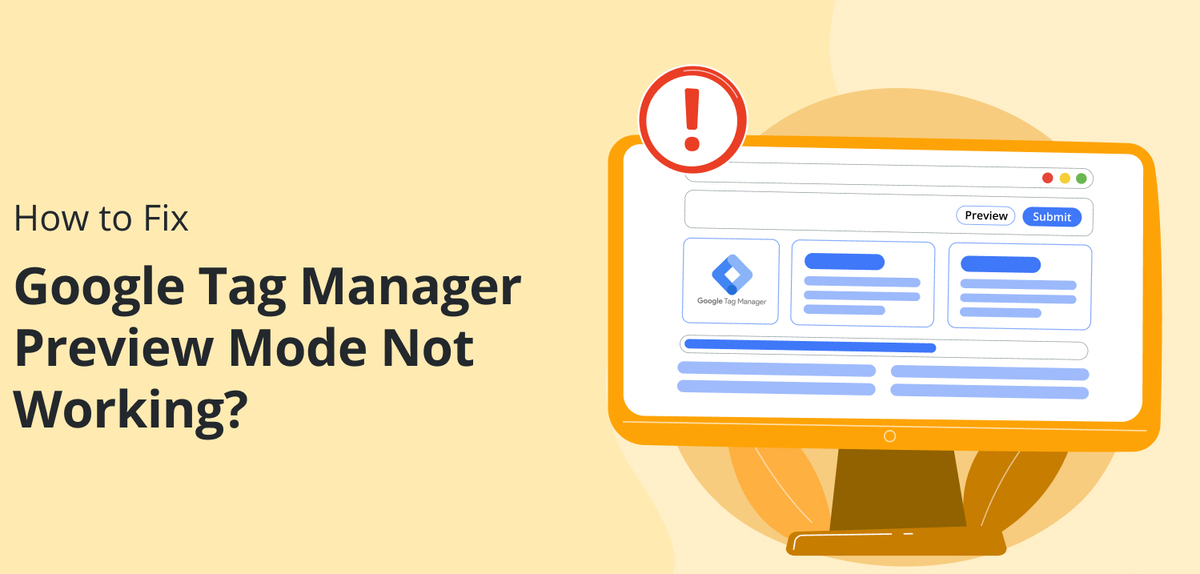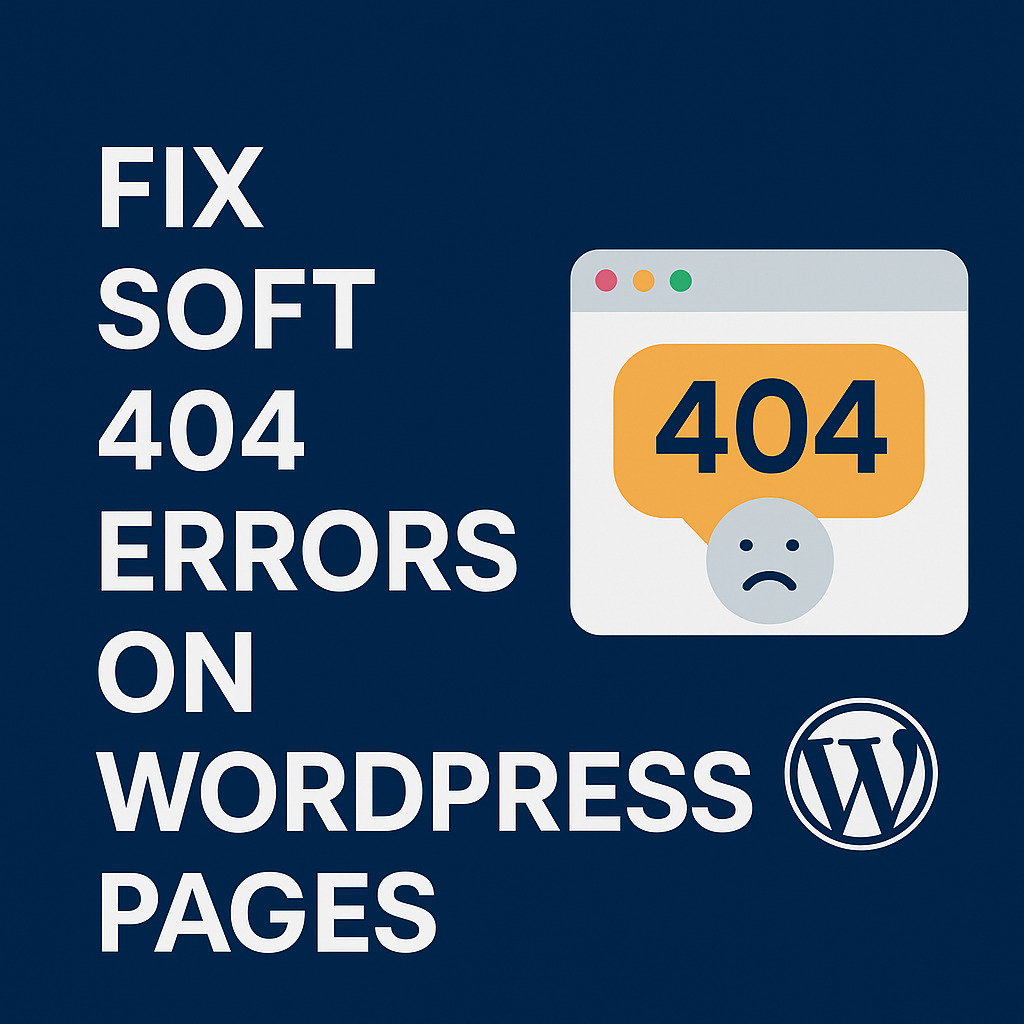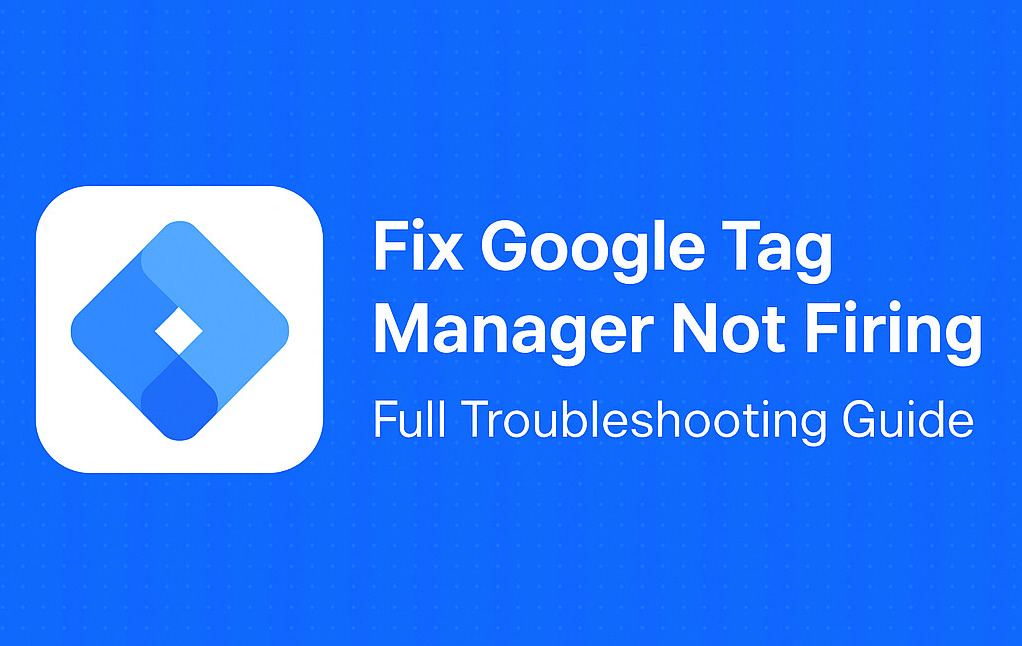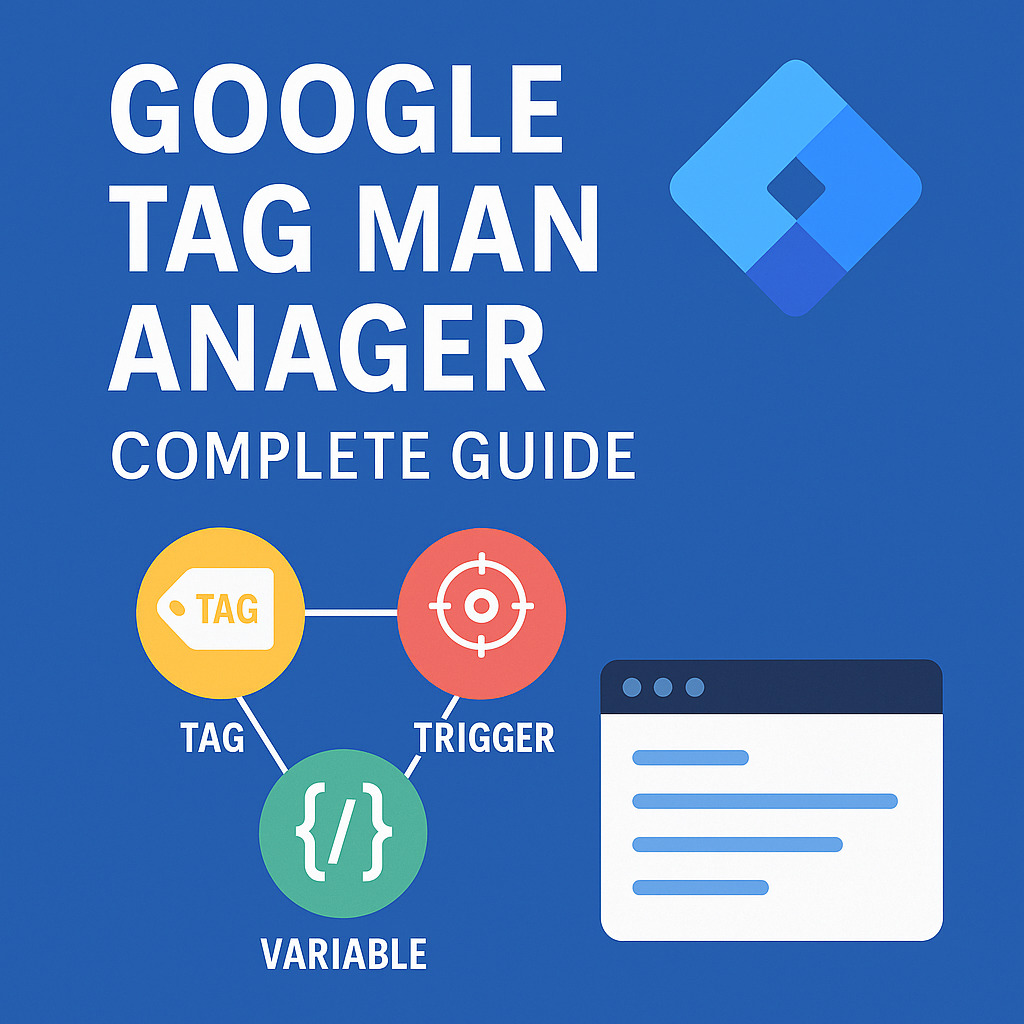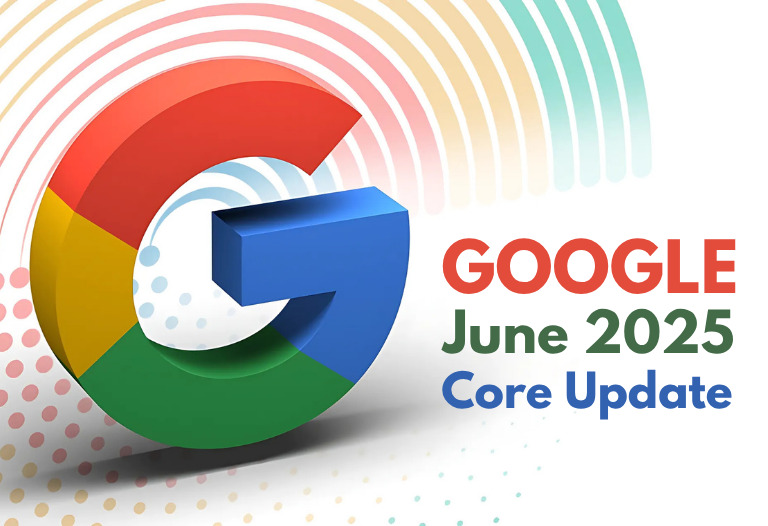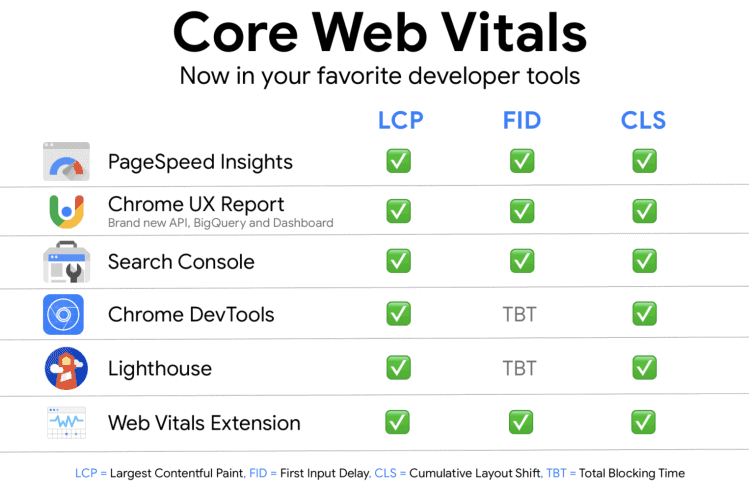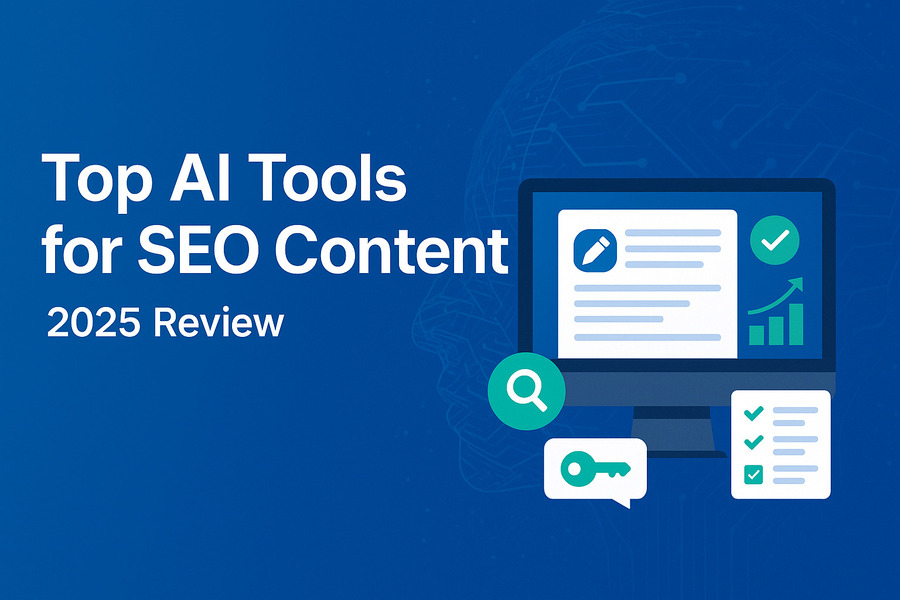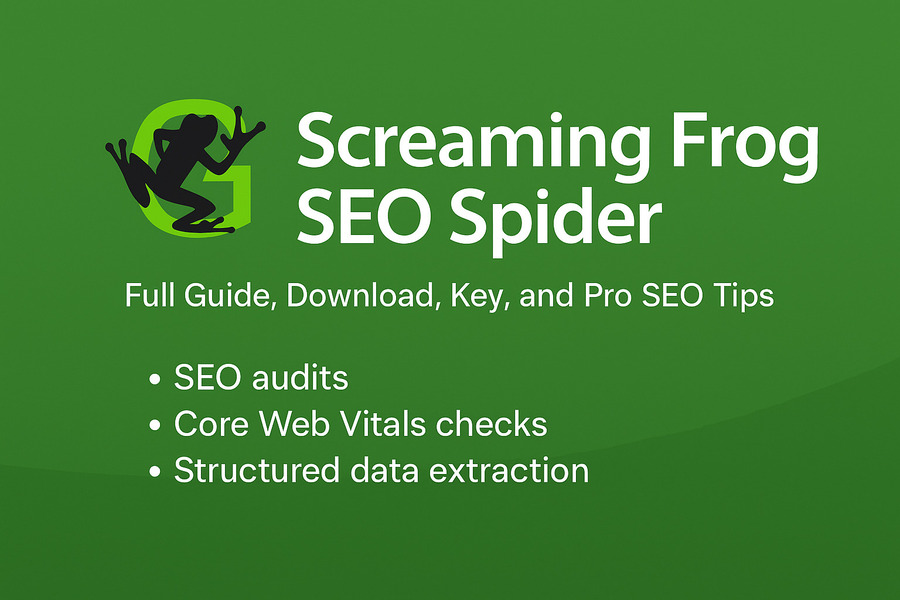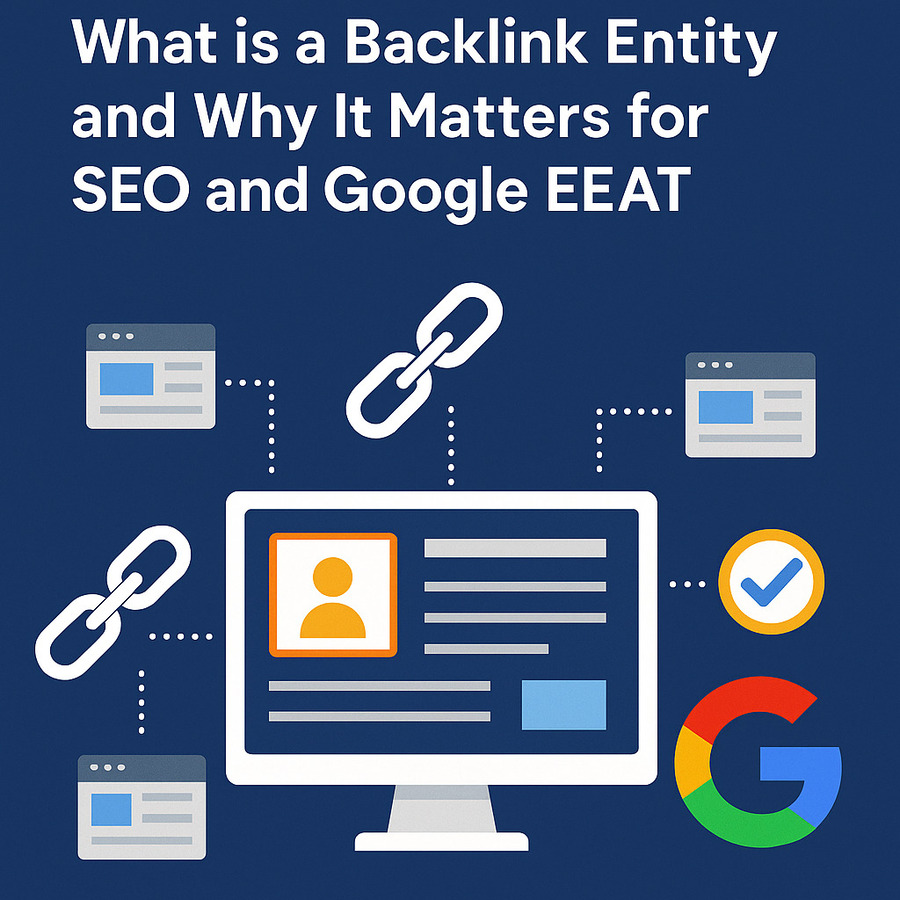What Is a Domain? The Role of Domain Names in the Website, SEO, and Advertising Ecosystem
A domain name is your website’s address on the internet. Think of it as the digital storefront sign that helps customers find and remember your business online. It consists of three main parts: the subdomain (like “www”), the main domain (your brand name), and the top-level domain (TLD), such as .com or .org.
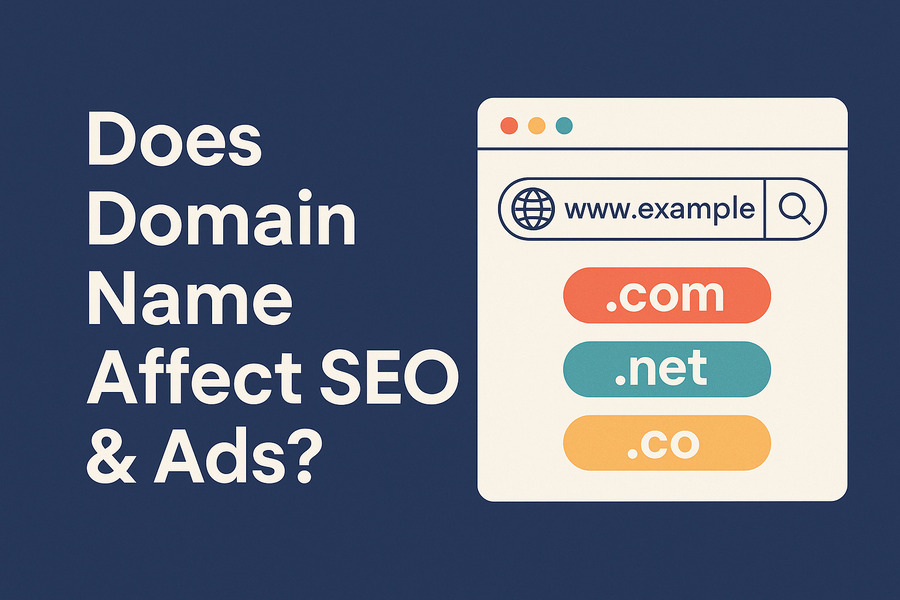
Domains play a crucial role not just in branding, but also in search engine optimization (SEO) and online advertising. A good domain name can boost user trust, enhance search visibility, and reduce ad costs.
How Domain Names Affect SEO: From Technical Factors to Brand Authority
Keyword-Rich Domains: Do They Still Work for SEO?
While exact-match domains (EMDs) like “bestshoesonline.com” once provided significant SEO benefits, Google’s algorithm updates have reduced their impact. Today, relevance, quality content, and brand strength matter more than keyword stuffing.
Domain Name and Click-Through Rate (CTR)
A clean, trustworthy domain name can increase your organic CTR. People are more likely to click on a domain that looks professional and brandable, even if it’s not ranked #1.
Domains and E-A-T (Expertise, Authoritativeness, Trustworthiness)
Google values brand authority. A well-structured domain can support E-A-T by reflecting professionalism and trust. It also helps build a stronger Entity in Google’s Knowledge Graph.
Aged Domains vs. New Domains: Which One Has the SEO Advantage?
Older domains with clean histories may offer slight SEO advantages due to existing backlinks and trust signals. However, a new domain with a strong brand and great content can outperform aged ones in the long term.
How Domain Names Impact Google Ads and Other Paid Advertising Campaigns
Domain and Quality Score in Google Ads
A clean and relevant domain improves your Quality Score, which lowers your cost-per-click (CPC) and increases ad visibility. Google evaluates landing page experience, and your domain contributes to that.
Common Domain Issues That Cause Ad Disapprovals
Google may reject ads linked to suspicious or low-quality TLDs (.xyz, .top, etc.), or domains with a spammy history. Always verify the domain’s background and choose reputable registrars.
Domains Influence Ad Trust and Conversion Rates
Users are more likely to click and convert on ads featuring credible and professional-looking domain names. A confusing or non-brandable domain can significantly hurt performance.
Choosing the Right Type of Domain for a Global Website
Why Global-Friendly TLDs Matter: .com, .net, .org, .co
These TLDs are universally recognized and accepted. Using them helps avoid geographical targeting biases and improves trust across international markets.
Industry-Specific Domains (.ai, .tech, .store, .io): When to Use Them
If you’re a startup or tech company, domains like .ai or .tech are modern and memorable. They convey innovation and are often easier to brand if .com is unavailable.
Global Domains vs. ccTLDs: Pros and Cons
Country-code TLDs like .uk or .de signal local relevance but may limit global reach. For international SEO and advertising, generic TLDs are a safer bet.
Real-World Examples of Global Domain Strategies
Companies like Shopify, Canva, and Trello all use global TLDs (.com) that support multi-language sites and advertising worldwide.
Types of Domains You Should Avoid for Better SEO and Advertising Results
Suspicious TLDs: Cheap but Costly in the Long Run
TLDs like .biz, .info, or .xyz may save money upfront but are often associated with spam. Search engines and ad platforms may penalize or distrust these domains.
Hyphenated or Numeric Domains: A Usability and Branding Nightmare
Domains like “best-shoes123.com” are hard to remember and may be flagged as low quality by both users and algorithms.
ccTLDs Used Incorrectly for Global Sites
Using .us, .ca, or .in for a site targeting global traffic can limit organic reach and confuse search engines about your audience location.
Penalized or Blacklisted Domains: Always Check the History
Use tools like Wayback Machine and SpamHaus to check if a domain has been previously abused or penalized.
Expert Tips for Selecting a Domain That Supports Brand Growth, SEO, and Ads
Choose a Brandable Domain That Reflects Your Identity
A good domain should match your business name or reflect your value proposition. Avoid overly generic names.
Keep It Short, Memorable, and Easy to Spell
Short domains are easier to type, remember, and promote. Avoid complicated spellings or mixed characters.
Avoid Legal Issues: Check for Trademark Conflicts
Before purchasing, use trademark databases to ensure your domain doesn’t infringe on existing brands.
Trusted Registrars to Buy Domains
Consider using reputable providers like Google Domains, Namecheap, or GoDaddy for better support and security.
Recommended Domain Strategies Based on Your Industry and Global Goals
Tech Startups and SaaS Businesses
Use .io, .ai, or .tech if .com isn’t available. Focus on uniqueness and brand memorability.
eCommerce Businesses
Prioritize .com, .store, or .shop. Consider using keywords if they blend naturally with your brand.
Content Creators and Personal Brands
Use .com, .me, or .blog. Make sure the domain resonates with your name or niche.
Global Service Providers
Use neutral TLDs like .com or .co. Avoid country-specific domains unless targeting local markets specifically.
Tools to Help You Choose the Best Domain for SEO and Advertising
Trademark and Brand Safety Check Tools
Use the USPTO database or Trademarkia to check legal risks.
Check Domain History and Spam Score
Use Wayback Machine, Moz Spam Score, and WHOIS history tools.
Domain Name Generators for Ideas
LeanDomainSearch, NameMesh, Namelix, and DomainWheel can help brainstorm available, brandable domain names.
Final Thoughts: Your Domain Is a Strategic Asset — Choose Wisely
Your domain name isn’t just a technical requirement; it’s a long-term asset that affects every part of your digital strategy. Choosing the right domain upfront can save years of rebranding, boost SEO, and lower ad costs. Always prioritize clarity, trustworthiness, and alignment with your brand’s mission and target audience.

